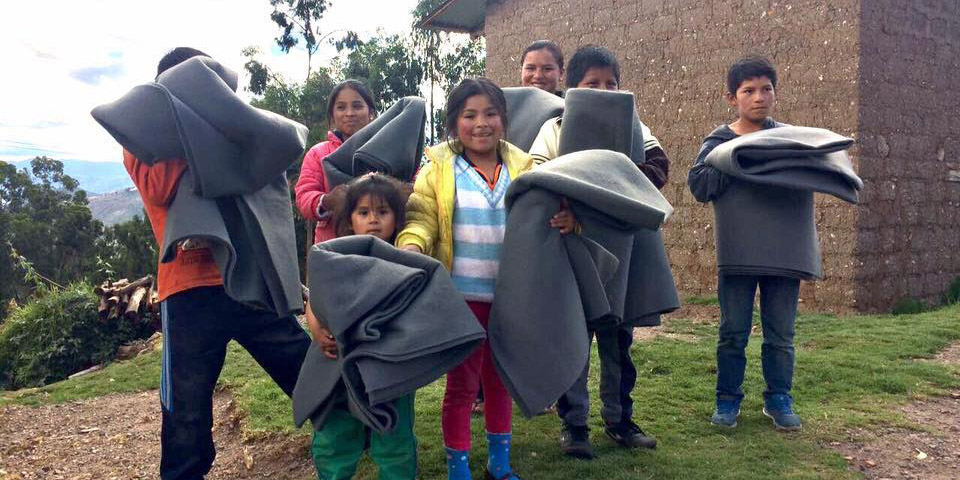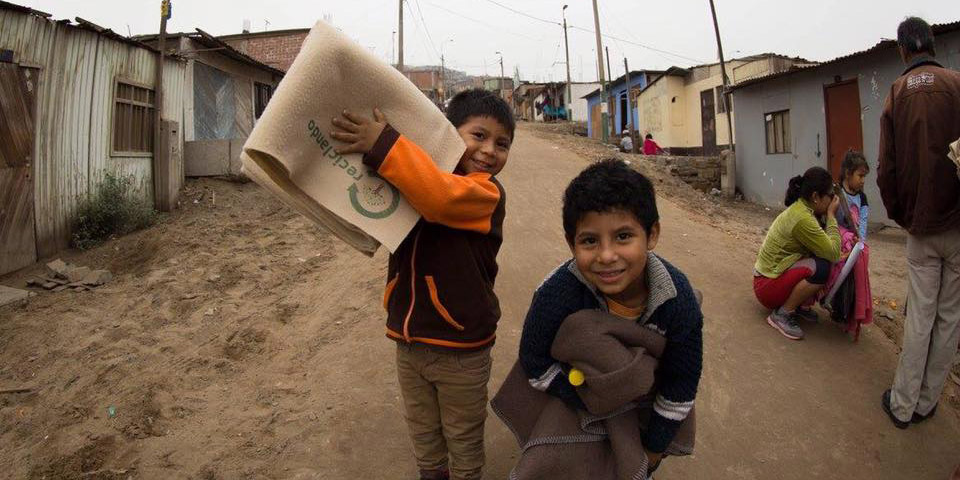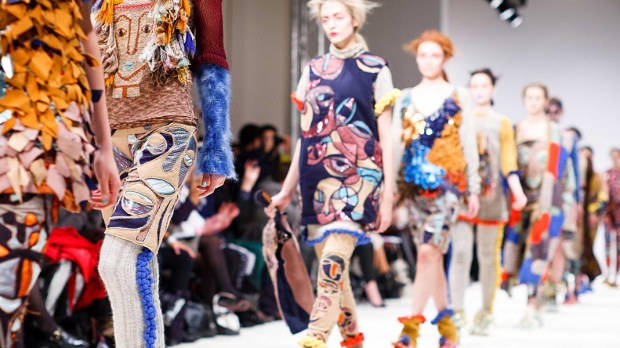Have you ever wondered what the garment you’re wearing is made of, how many natural resources were used to make it, and how much pollution its production caused? Most of the time we just see the garment, ask the price, and buy it. End of story.
But clothing can be environmentally sustainable and fashionable at the same time. In Peru, for example, clothes, footwear, and accessories are part of a new green revolution that has given rise to the Association of Sustainable Fashion of Peru.

Read more:
How a fashionista is fighting human trafficking one headband at a time
So far, there are 75 Peruvian brands of clothing, footwear, jewelry, and accessories aimed at reducing environmental pollution. La Petit Morte designs garments that are biodegradable. The brand K’hantu works with artisans from the Yanesha and Shipibo-Conibo communities who manufacture natural latex shoes from shiringa trees.
The plastic on your feet
For five years, the brand Khana has been the social arm of Reciclando, a civil association that Daniela Osores created to collect the plastic bottles that people from the capital city of Lima throw in the trash. The young woman delivers all the plastic to a processing plant where they make it into blankets. The association then distributes those blankets to poor children.

Her association also makes espadrilles from plastic taken directly from industrial factories. The colorful embroideries with motifs of coast, mountain range, and forest are done by a group of artisans.
As Daniela noted, the espadrilles thus have a triple impact: they are environmentally friendly because they reduce the amount of plastic that ends up in the garbage, socially beneficial because they give work to artisans, and even culturally valuable because they are reinforced with embroidery that reflects the identity and culture of the local artisans.
Pineapple flavored suitcases
Piñatex leather (vegetarian leather made with pineapple leaves) changed Sandra Valle’s view of nature. Once she realized that backpacks could be made from pineapple leaves, she decided to go for it.
“Traditional leather contaminated too much. It was becoming increasingly scarce,” Sandra said. The fibers of pineapple leaves are cheaper than animal leather — and more environmentally sustainable.

Read more:
Breaking this one little habit would have a huge effect on the environment
The young designer has already managed to present her first collection of brown backpacks and fanny packs. Sandra has been producing wallets and backpacks with alternative leathers for several years, and some of her clients have been pleasantly surprised at this new version with pineapple leaves.
How was Piñatex born?
Filipinos traditionally used pineapple fiber to make their traditional garments. Carmen Hijosa, a Spanish designer, observed this unique method when she was traveling there. She then dared to develop a technique for processing the pineapple fibers and converting them into weave. This was how distribution began to various countries, including Peru.
Other ways to reduce pollution
Fairmined, which is an environmentally friendly mining association, focuses on reducing mercury emissions, stopping the use of cyanide, banning child labor, and guaranteeing workers’ rights.

Valeria discovered that in Peru there are artisanal miners in the process of obtaining certification. Then, last year the young Peruvian launched “Condor Jewelry,” her brand of jewelry made with metals exclusively from Fairmined miners.
The effort to offer pollution-free products is increasingly relevant since the fashion industry is the second most pollution-causing on the planet after the oil industry.
This article was originally published in the Spanish edition of Aleteia and has been translated and/or adapted here for English speaking readers.

